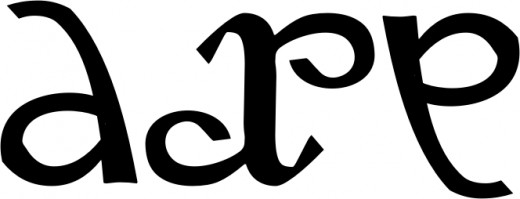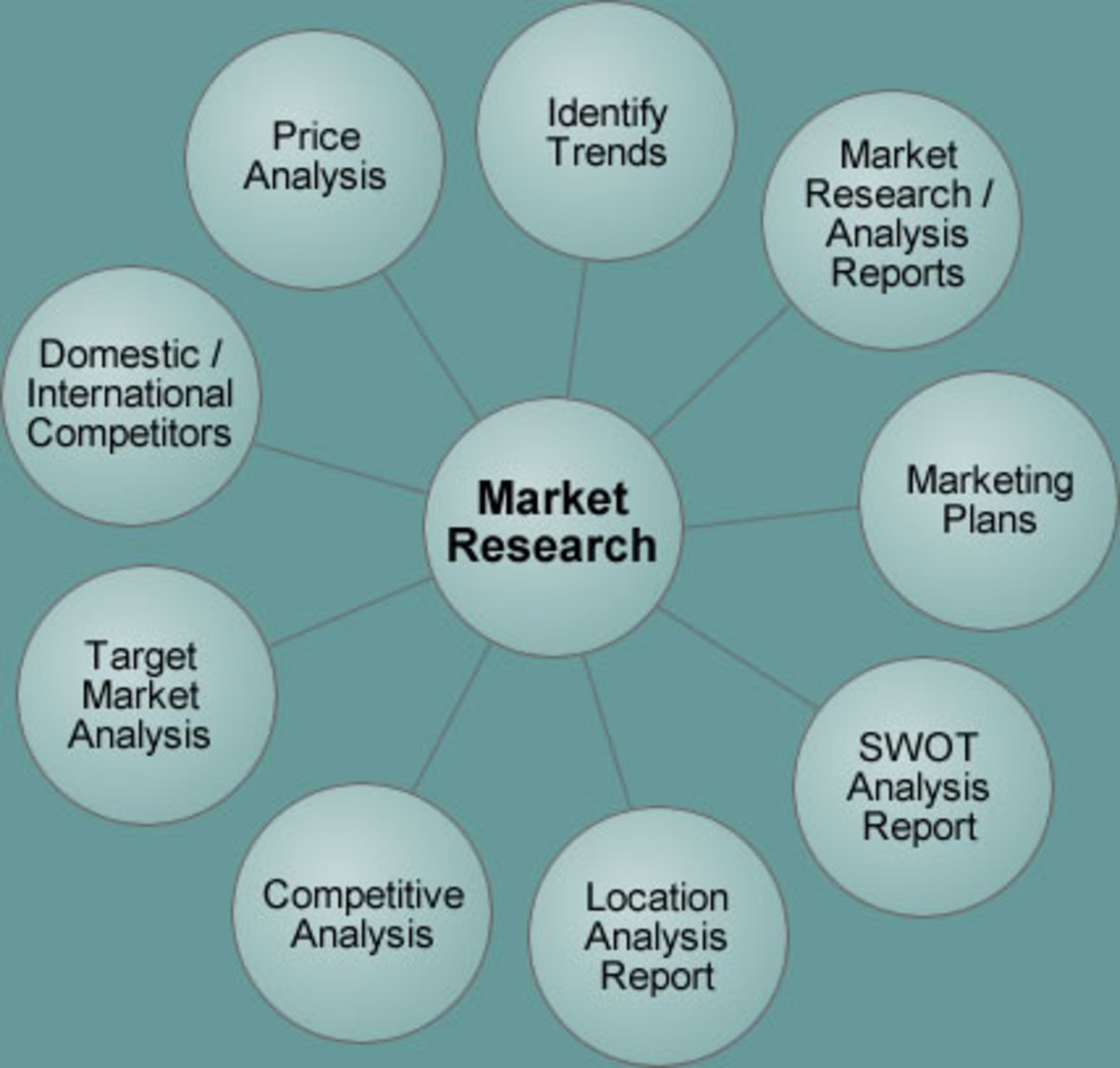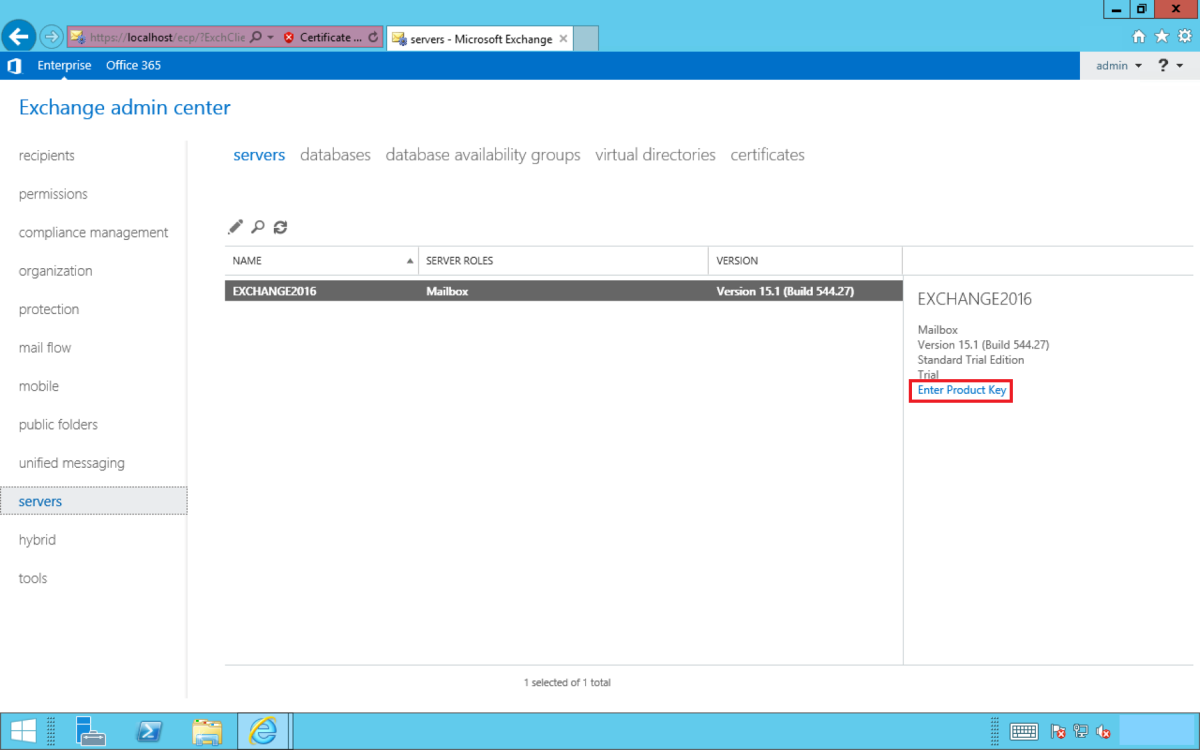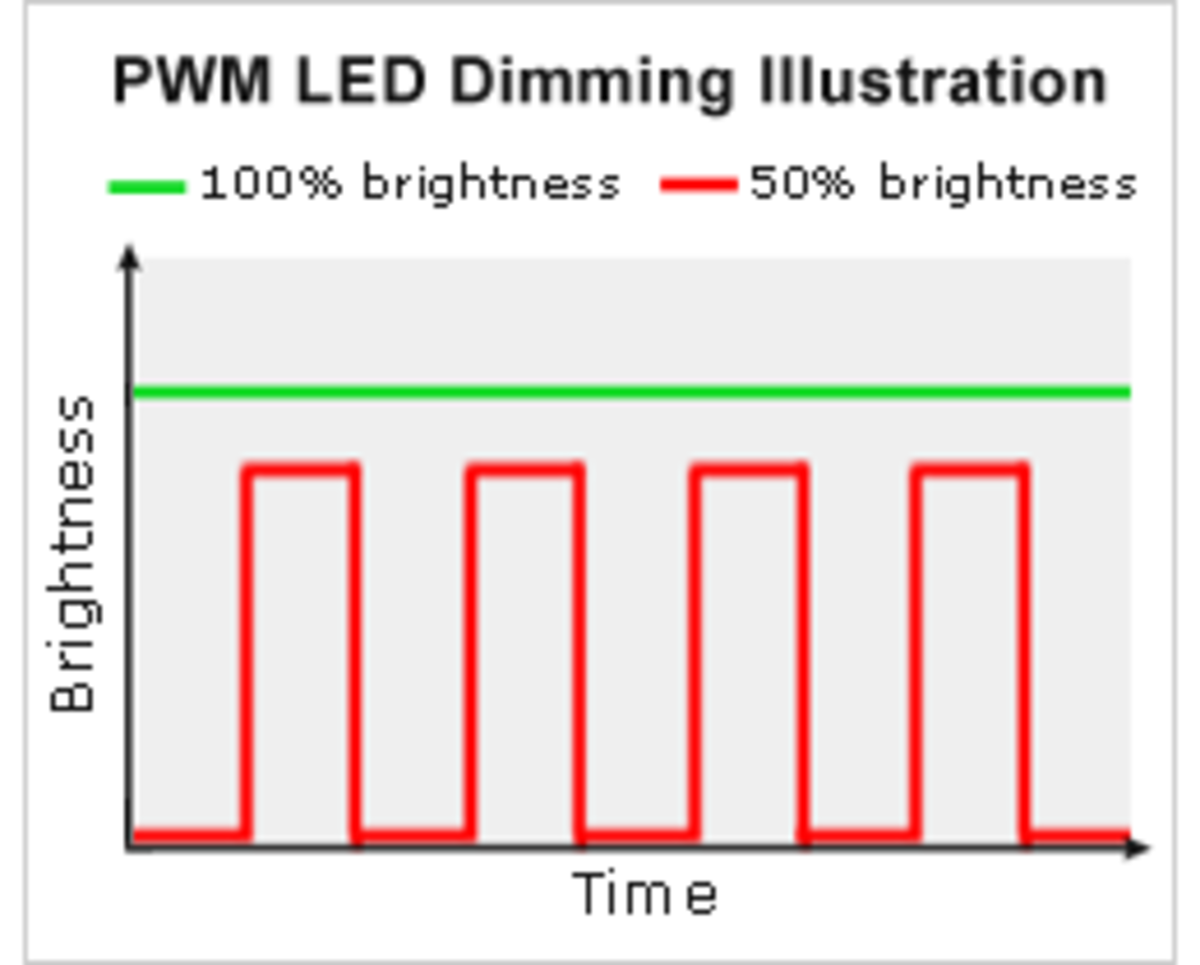Freelance's Value Proposition and Business model: The value map
Abstract
Before we start our work, it's a good idea to spend an hour on some remarks about what value we want to offer to our stakeholders. This time can secure weeks or months of work, or even save us weeks or months.
Beyond the requirements, our value delivery is mainly related to how our work is likely to meet the needs and feelings of the client. For us, it is important to understand what our customers feels, what he thinks and how what he is asking us will match with their real needs. It important, and is best it had done before beginning the work "paid off."
Of course, this activity has nothing to do with the requirements analysis (and vice versa), rather we focus on high-level definitions. A Value Map is an investigation that we carry out on ourselves and on what we produce.
As suggested in Value proposition design [A. Osterwalder, Pigneur Y., G. Bernarda, A. Smith, Wiley 2014], the elements of the value of our map are:
> Product / Service (s)
> Pain Relievers (the problems solved)
> Gain Creators (the enabled value)
Every element will contain an outcome list. We'll need to establish a priority between all the entries in each list.
The value map will be compared to the customer profile, in order to find a match between the entries on each side. Of course we don't have to expect that all the customer profile entries will have a mirror entry on the value map, there's not such thing. What we need is that the top priorities from the customer's point of view have an answer in our value map. If it hasn't, we have to be aware we have the opportunity to adapt our offering to meet at least all the top priorities or to explain why we don't.
The correspondences should adhere to the following diagram:
Value Map
| Customer Profile
| |
|---|---|---|
Products or services
| Job to be done
| |
Pain Relievers
| Pains
| |
Gain Creators
| Gains
|
The goal is to highlight which aspects of our offer will determine the actual value received. In order to clarify what are the real objectives of our work, beyond the technical requirements and quality content that we will in any case maintain at the highest level.
The relation between the value map and the customer profile has the same nature of the menu of a good restaurant for the taste of the guests

Product/Service
Our value map starts with this easy part: here we just collect high-level definition of what we are about to do for the stakeholders. It is usually better if we use the same words used in the project mandate.
We just have to list the products and the services that were requested. Of course, we should also include in that list our contribution, especially those that can enable value.
For example, if the customer commits us a software module, we, of course, shall include a short description of the required software, but there are more implicit components that should be considered. I usually include also Quality Assurance, User and Technical Manuals, Support service, Training, training material, and anything can compose the tangible part of our offer.
Anything we add here, we also have to keep in mind that it should in some manner "evocate" either the "pain relievers" and the "gain creators".
Remember that we are not planning the launch of a new product, so we have to focus on actual Products or Services the customer bought. We can add in this phase little more accessories or cross-selling attempts. Our intent is to deliver value anything the customer bought.

Pain Relievers
The Pain Relievers outline how our Products or Services alleviate specific problems. We, of course, need to focus on actual Customer's pains, but we should keep ourselves strictly on the real outcomes of our work. We need to refer to tried and true characteristics because we risk transforming our Value enhancement strategy to a Marketing strategy.
We don't need to sell anything in this phase; we are just seeking the opportunity to include more quality in what we are going to do.
So it would be better we try here to list the positive outcomes that solve pains, but we should consider in a first phase nothing the actual content of our offer. We aim to improve to value provided, and the improvement opportunities are consequences of the comparing the pain relievers with the actual customer's pains.
An example of the process to enlight our "pain relievers" is to ask ourselves questions like these:
- Does our product or service determine a kind of saving? In terms of time? In terms of money ? In terms of effort ?
- Will, our stakeholders, feel better ? shall they find easier doing their day-by-day activities? Shall they have fewer frustrations or annoyances?
- Do the performances of the current customer's process will be ameliorated? For new "desired" features or more crossing speed?
- Does the product solve one or more unanswered customer's problem? Maybe it can eliminate any obstacle to the customer targets or risks that she fears? What kind of risks?
- Are we mitigating possible mistakes? Are we helping the customer to work more surely?
- Shall our Product enable the customer to overcome any barrier? Are we enabling new businesses?
- Are there cheaper solutions that the customer could buy instead of our Product or Service?
The answers to these questions help us to understand better our Value Offering. Maybe some of our Pain Relievers will be more important compared to the others. In the end, we'll prioritize all the items we have found since our Value Map expresses the intrinsic value of our offer and we need to understand whether the value we think we are creating meets the customer's needs.
A prioritization between the pain relievers shall help us to understand the quality of our targeting because if our top pain relievers don't have any match with the customer profile, it probably shows itself as not so necessary in the relevant context; not for that customer.

Gain Creators
The analysis of the gain creators gives us the opportunity to point out how our product or service can enable unexpected benefits for our customers.
A few words on an apparent redundancy between Pains/Gains and Pain Reliever/Gain creators: does a pain exist when we are not aware of it? In my opinion, I view pain as a conscious annoyance or problem.
The sense to keeping divided Pain relievers and Gain creators is the awareness. A person can perceive as a problem an actual problem or any, although hypothetical, gain loss she's aware while any unexpected solved problem or benefit is surely an increase enabled by our product.
With the Gain Creators, we collect all the unexpected positive benefits that add value to our offer. Let's now consider how to understand whether a delivered feature of our product or service will have to be listed in the Pain Relievers or the Gain Creators.
For example, a web invoicing service can improve an accounting process, it can widen or speed up the account receivable cycle. It can dramatically lower the mailing expenses, and our customer is surely aware of all these aspects because they are connected to "things to be paid". Let's now consider the stationery expenses: is our customer aware of the cost of paper, envelopes, letterhead, Invoice storage and retrieval expenses? She either may be aware or not. in case she's aware, these benefits are to be filed as "pain relievers", while if she isn't aware they have to be filed as "gain creators".
What I usually do to better classify the analysis on my products is listening thoroughly all the stakeholders, to understand the awareness for any problem to be solved. All the problems are related to Pain relievers, while anything that doesn't come from the stakeholders (but anyway part of the outcomes of our work) is usually to be filed as Gain Creators.
How shall we uderstand what Gain creators our product or Service delivers?
Here a list of question, the answers will lead our analysis.
- Does the product create a saving that could please the Customer? Less Time? Less effort? Less Expenses?
- Does the outcomes exceed the customer expectations? In what ?
- Is there the possibility to compare the process performances before the adoption of my solution? Is the Customer aware of that difference?
- Does my product make my customer work easier? For its better usability? Lower maintenance costs? more services?
- How does my product meet the customer's success criteria?
- Has my product an easier adoption? how flat is the learning curve?
- What's remarkable in my product or service? lower investment? better quality? good performances? better design?
As we done with Pain Reliers and Products and Services, after listed all the Gain Creators we have to establish a hierarchy of the importance of all the listed items.

Conclusion
In this hub, we saw how to analyse our product or service to enable us to explicit its contents in term of value provided.
This analysis, in my opinion, should help us develop an attitude we can always apply to our projects.
Even when we don't have the opportunity to conduct the stakeholder interviews required for the customer profiling, this analysis clarifies what value we deliver, what are the outcomes of our involvement in the customer's sake. Of course if a Customer profile is avaliable we can conciliate the provided values with the user's need, and that can drive our priority during the product construction.
In the next hub on the "Freelance boost of the Value Proposition" triptich I will reflect on the conciliation between the customer profile and the value map.
Please, don't forget to comment my articles, I need your feedbacks !






